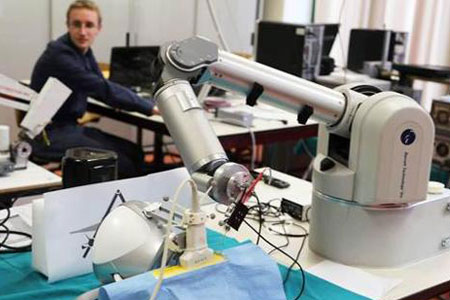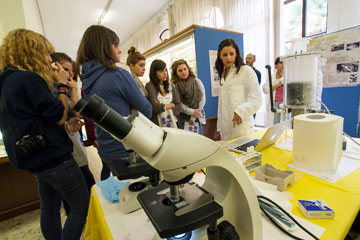The main goal of ENPOWER is to develop efficient, stable and optimized chalcogenide technologies for indoor PV. The target technologies will be based on CdTe, kesterite and Sb2S3, using low-cost techniques, low-carbon materials and scalable deposition processes. This will bring alternative PV technologies compatible with small low-power electronics and IoT sensors to the indoor market, enabling the IoT industry to reach its full growth potential. Crystalline silicon (c-Si) is the standard material for outdoor PV, due to its bandgap that adapts to solar radiation. However, indoor lighting emitting in the visible range shifts this optimal bandgap to the region of 1.5-2.0 eV. This is why the leading technology for indoor PV is a-Si. Several emerging materials (perovskite, organic and dye-sensitized layers) with wide bandgap energies have recently gained interest for indoor PV, but all have stability/upscaling issues yet to be solved. Table I presents some important key requirements of different thin-film technologies with tunable bandgap energies in the region of interest for indoor applications. From this table it appears that cadmium telluride, kesterite and antimony chalcogenide compounds all meet the different criteria (as does a-Si), positioning them as ideal candidates for indoor PV.







